
Fineness: What does the gold content tell you?
Gold is a chemical element, and in its pure form, it can’t really be used in jewellery. This is due to its softness and malleability – while you’d be able to turn it into something lovely, it would not be wearable at all, as it would get dents and be bent in no time. So, in order to make that gold into jewellery, other metals have to be added, reducing the percentage of pure gold. Such a combination of different metals is known as an alloy, and in the case of gold, the fineness (content of gold in the alloy) is presented in carat (or karat in the US and most other places). Confusingly, carat is also a unit of measurement for weight, mainly used for diamonds and other gemstones, but while the name is the same, the meaning is not.
How fine?
Pure gold is 24 carat, so if you come across a piece of jewellery that’s 18 carat, it’s 18/24 gold – or 75 % pure gold mixed with 25 % other metals. Today, 14 and 18 carat are the most common, but I have come across gold jewellery as low as 3 carat, which I think is quite absurd – that’s just 1/8 gold! When looking for antiques, fineness can sometimes be an indicator of age, as the laws regarding the amount of fine gold have changed quite a bit. The following applies to Great Britain and its territories at the time:
- 1478: 18 ct became the standard.
- 1576: standard was raised to 22 ct.
- 1798: 18 ct was reintroduced as an alternative to 22 ct.
- 1854: 9, 12 and 15 ct were introduced.
- 1932: 12 and 15 ct were replaced by 14 ct.
(source: The Assay Office of London)’s article on the history of hallmarking)
However, if you cannot tell for sure if the piece is British (or manufactured in what was a colony at the time), you can’t say for sure that a piece of jewellery that tests as 9 ct must have been made after 1854.
While there are different rules and requirements for hallmarking around the globe, the fineness of the material will usually be stamped into the piece (this is in general true for all newer jewellery, but with antique pieces there may not be any stamps or marks at all). The gold content can also be given in parts per thousand, where 750 is 18 ct and 585 is 14 ct.
All about the money
So, what does the fineness of the gold tell us about the value of the piece? First of all, the amount of gold is part of the material value of any piece of jewellery. Compare two seemingly identical rings where one is made out of 9 ct gold while the other is 18 ct gold, and the former will be worth less than the other – let’s say the weight of the ring, excluding gemstones, is 4 grams. The 18 ct ring is 3/4 gold, so there’s 3 g of pure gold in it, while the 9 ct ring is only 3/8 gold, so there’s a difference of 1.5 g. According to the gold prices at the time of writing, that’s a difference in value of £70.
Simply put, gold is expensive, so if you’re using a high carat alloy, you’re expecting your customers to pay well. Thus, you will usually see higher carats used in more expensive and elaborate pieces of jewellery aimed at a more affluent customer base. This doesn’t necessarily mean that the quality of the workmanship is superior, but it may indicate that the quality of the gemstones used is higher.
Supply and demand
However, things are rarely black and white, and there are more factors that come to play. One such factor is the access to gold. Gold is expensive, but the access to it on the market will dictate just how expensive it is. The higher the prices, the more jewellery will be made out of lower carat gold. Access is also not only a matter of supply, but also of demand – in a market where more people have money to spend on jewellery, the demand for gold will rise, and so more of the demand will be met with low-carat gold.
Another factor that come into play, is the available technology and fashions of the day. The airy designs of the early 20th century did for instance require less gold than the slightly chunkier pieces of the past decades, so on one hand the goldsmith would be able to use a higher carat gold alloy without significantly increasing the production cost, while on the other, he could use 9 ct rather than 15 ct because his customers would be less interested in the metal and rather focus on the stones and pearls that dominated the design.
A less discerning customer
While it is true that beggars can’t be choosers, it is also true that those of limited means cannot always get what they desire in the marketplace of luxury goods. As a goldsmith or jeweller, you would necessarily create your goods in accordance with the budget of your customers, and that would usually mean reproducing the key elements of the current trends in a more affordable way. Using a lower-grade alloy and less of it would be one way to decrease cost, another would be to use smaller or inferior stones, while yet another one would be to simplify the design and the components. Consider for instance the bails on the pendants pictured below.
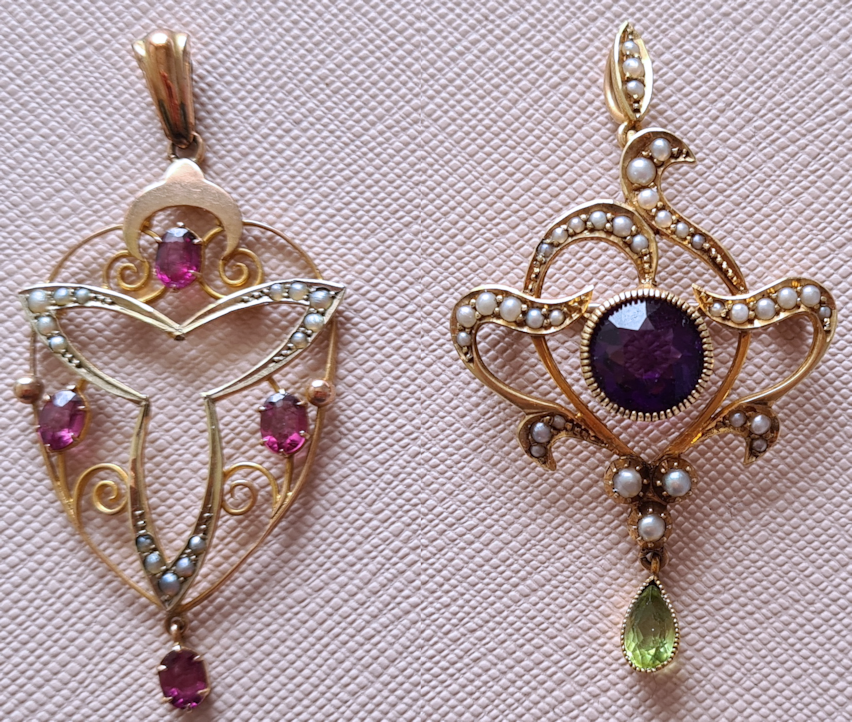
The bail on the left (9 ct) is in a simple design that could be mass-produced and just snapped in place, using very little gold and taking up a minimal amount of the goldsmith’s time. The bail on the right, however (15 ct) is more complicated. It is detachable, massive (i.e. more gold was used) and is set with pearls.
The customer base for the pendant on the left would have less money to spend than that of the pendant on the right, and so it was natural (and necessary) for the goldsmith to skimp a bit where possible. Thus, the value of the 9 ct pendant is not only lower because of the lower gold content, but because of the overall design of the piece.
Is fineness important?
When collecting antique jewellery, YOU and only you decide what’s important. If the material value of each piece in your collection is important to you, you should probably opt for 18 and 15 ct gold and skip the 12 and 9 ct. You are also more likely to find pieces with hallmarks and maker’s marks in the higher carat area, and you you can expect higher quality – clearer stones and sometimes more thought-through designs. This is however not a given, and you may come across lower-carat pieces that really catch your eye. My advice is would therefore be to consider the piece of jewellery as a whole, and be especially mindful of the way the piece is built and how it is priced, rather than turning down something you really like. A lower gold content should translate to a lower price because the actual material value is lower, so if the asking price of a 9 ct pendant is the same as that of a 15 ct pendant which is otherwise equal, I’d certainly look somewhere else.

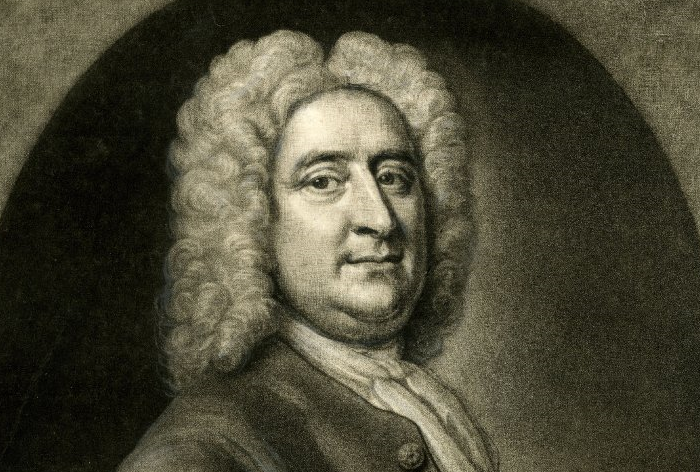
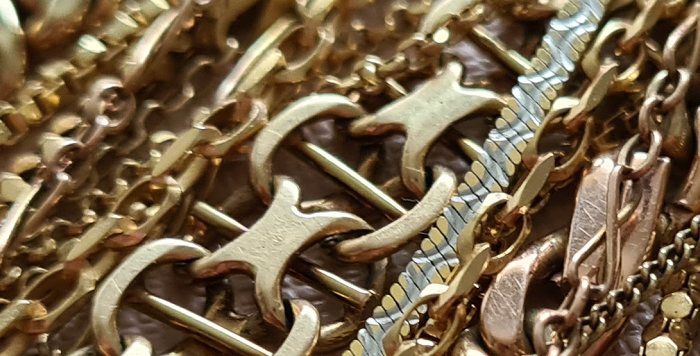
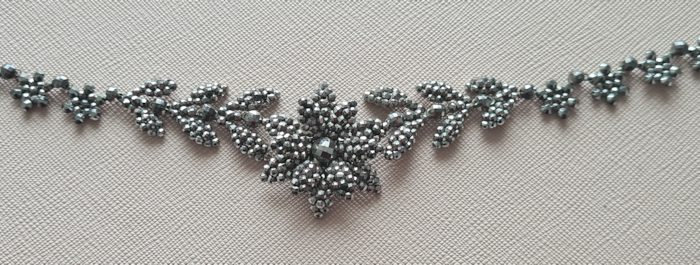

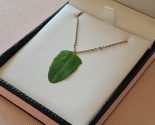
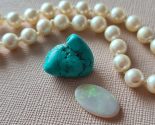
Comments